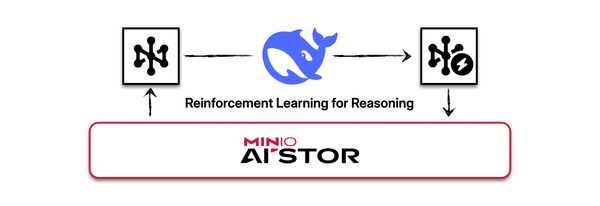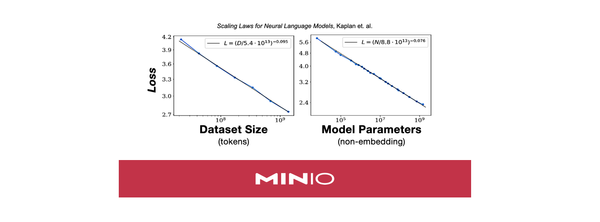Deepseek-style Reinforcement Learning Against Object Store

Tl;dr: We train a small LLM to become good at reasoning with reinforcement learning (similar to the process that led to Deepseek R1) all against AIStor AIHub, an on-premises model repository. Based on the great GRPO demo by will brown. Motivation: A growing requirement for teams is the need for an organized, secure, "single source of truth"
Read more












